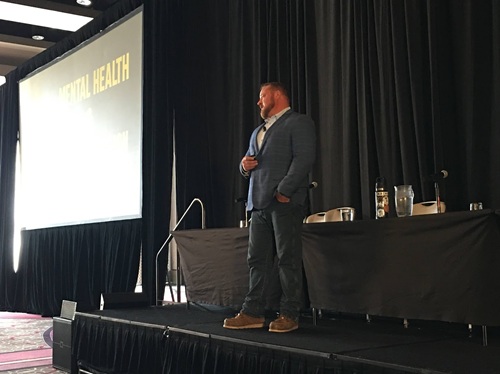The numbers are stark: While work-site accidents claim the lives of 1,000 construction workers per year, suicide claims 5,000 per year – a number that jumped to 7,000 in 2023. And those numbers are reflections of the larger toll suicide and drug overdoses are having on American society as a whole, stressed Brandon Anderson (above at left), vice president of safety for the Missouri chapter of the Associated General Contractors of America.
[Above photo by AASHTO]
“Suicides topped 49,316 in 2023 – up 28 percent since 1999 – while drug overdoses reached 107,543 in 2023; up 781 percent since 1999,” explained Anderson during a session at the American Association of State Highway and Transportation Officials 2025 Safety Summit and Peer Exchange, held October 28-30 in New Orleans.
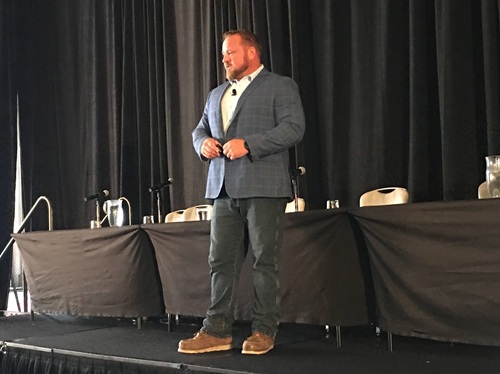
“We do not talk about this in the construction industry because there is a stigma around it. ‘Struggling with depression’ or ‘I have an addiction problem’ is not a conversation we can usually have in the construction industry,” he said. “Instead, we say ‘suck it up, don’t tell your boss.’ Because if you do, you might not get the next job or get promoted. Instead, you could be let go in the next round of cuts.”
Anderson – a 27-year veteran of the construction industry who is himself a two-time suicide survivor – added that the ongoing shortage of construction workers is adding to the problem. “Most people are working the jobs of three people these days – meaning we are unintentionally killing our workforce slowly,” he said. “The demand is to get more work done; to get projects completed faster. But what is the cost of getting things done ahead of schedule? Because the demographic we are losing at the fastest rate [to suicide] are our 20-to-30-year veterans – the people with the knowledge, the ones carrying the load.”
Anderson – who spoke on this topic at AASHTO’s 2024 annual meeting as well – said there are many reasons for the outsized impact of metal health issues on the construction industry. “There is the impact of schedule changes: it takes four days to adjust to a shift change,” he said. “There is greater job uncertainty, for when you start on a project, you literally start working yourself out of a job – construction is a very transient job. And the construction industry is the largest user of prescription opioids in the world – potentially 40 percent of our industry is using, with some popping pills just to get out of bed.”
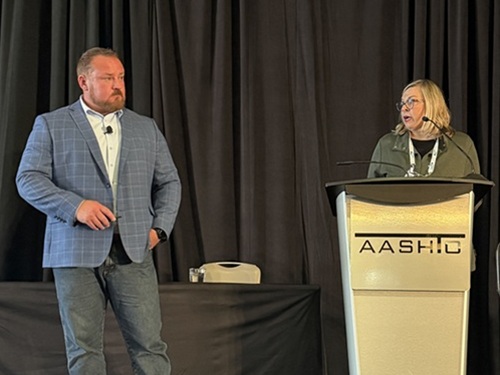
Then there is the industry’s aging workforce – with some 30 percent of workforce poised to disappear due to retirement or death.
“There is already a large demographic in our workforce working past retirement age,” Anderson stressed. “Let there be a pop or boom in construction, and suddenly, we won’t have the people to keep up.”
While he pointed to several mental health resources available to construction industry leaders – the AGC of Missouri offers several on its website, for example – Anderson emphasized that managers have to start by focusing on themselves first.
“If we are not intentional with ourselves first, we can’t help anyone else,” he explained. “I think we have blinders on – we are so siloed now, so laser focused on the task at hand, that we just try to keep our heads down and don’t make waves. That is the stigma. But we are now coming to a place today where this issue is now so talked about that it is almost becoming a liability NOT to do something about it.”
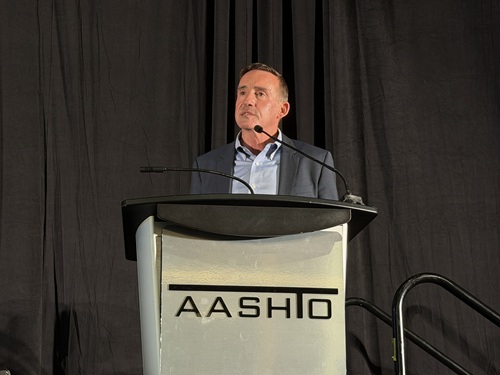 Top Stories
Top Stories
Communication Strategies to Improve Roadway Safety
November 7, 2025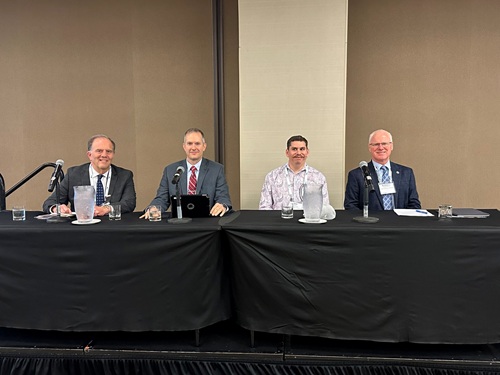 Top Stories
Top Stories
